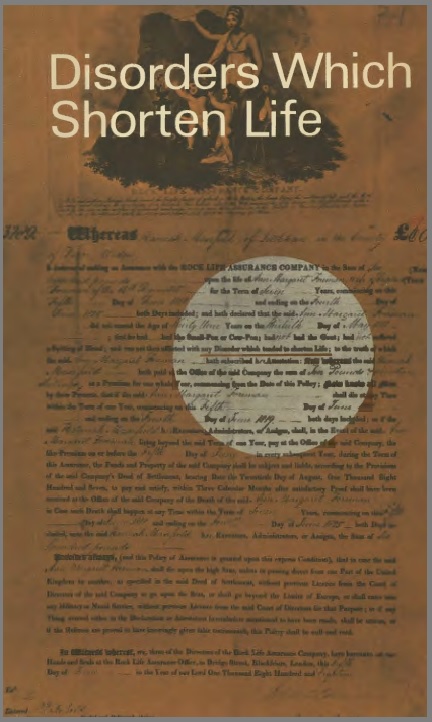A review of mortality trends for those between the ages of 15 and 44 The productivity of any community, both in economic and social terms, depends…
A review of mortality trends for those between the ages of 15 and 44
The productivity of any community, both in economic and social terms, depends largely upon young men and women aged 15 to 44. At work, it is within these thirty…
A review of mortality trends for those between the ages of 15 and 44
The productivity of any community, both in economic and social terms, depends largely upon young men and women aged 15 to 44. At work, it is within these thirty years that the mental and physical powers of the individual generally reach a peak. This is the period of life in which members of society should make their greatest economic contribution, when the seeds of schooling are brought to fruition. Socially, these years are associated with marriage and the raising of a family. For women, they correspond with the child-bearing years. For men they cover the period of life which involves the economic and social responsibilities of bringing up young children and providing a home.
This paper concerns mortality among young adults aged 15 to 44. This mortality causes the nation a serious economic and social loss and, more personally, severe hardship and suffering among dependent relatives including children and old persons. The paper excludes consideration of those under working age—infants and children—who have been discussed previously. It also excludes those above the age of 44; by the middle forties individuals begin to pass into a new phase, symbolised by the menopause in women, in which the degenerative diseases start to become significant in both sexes and in which patterns of mortality and morbidity rapidly begin to alter.
Although the first thirty years of adult life form a social and economic whole, there are wide variations in mortality, and it is necessary to consider certain sub-groups separately.
